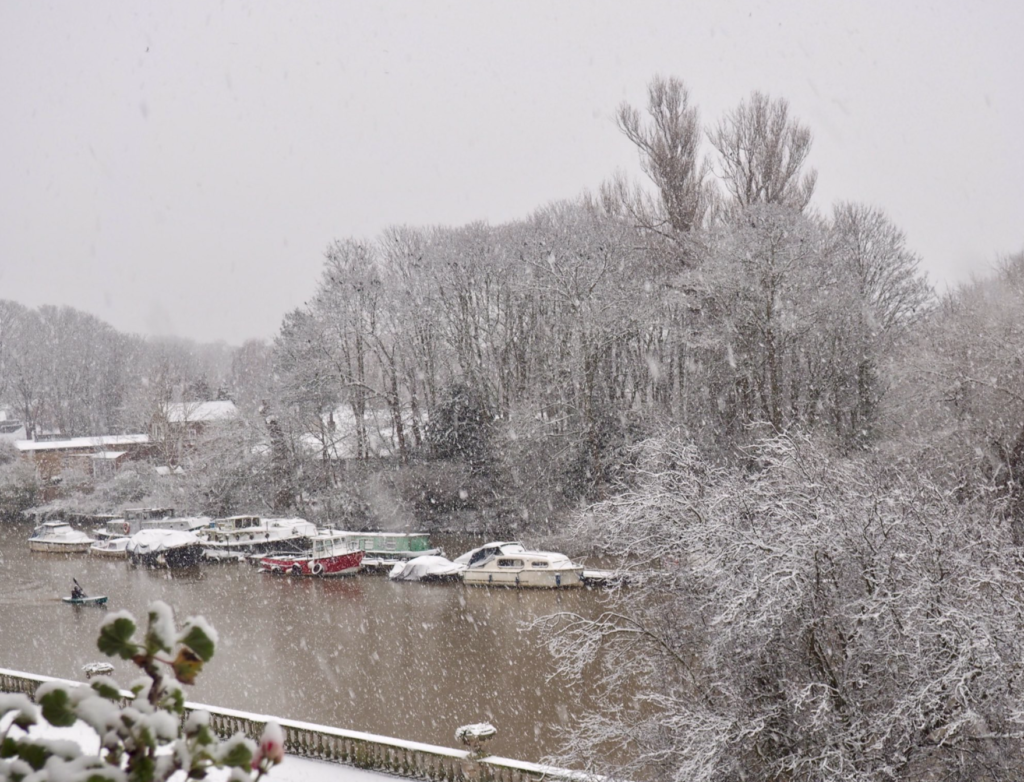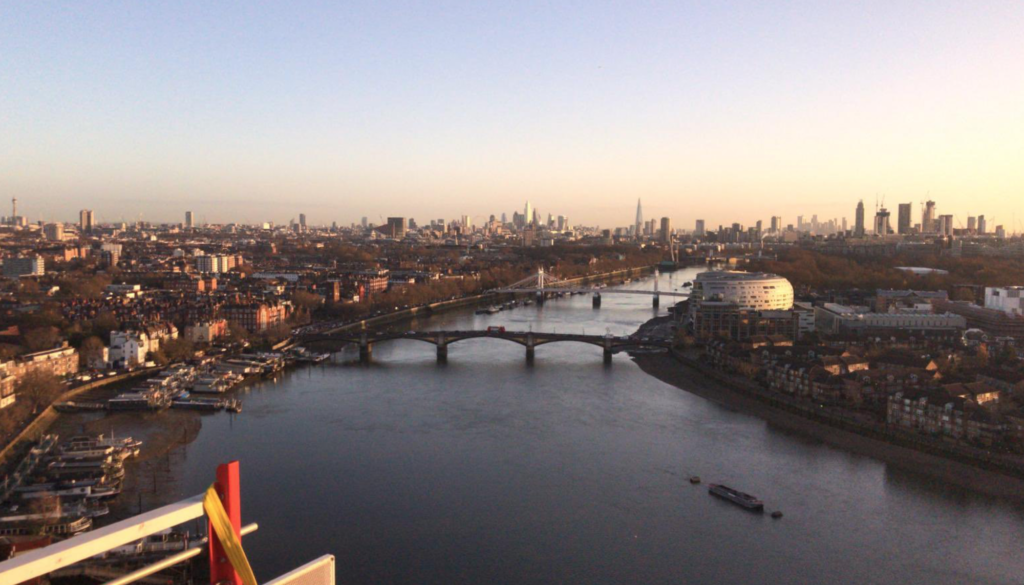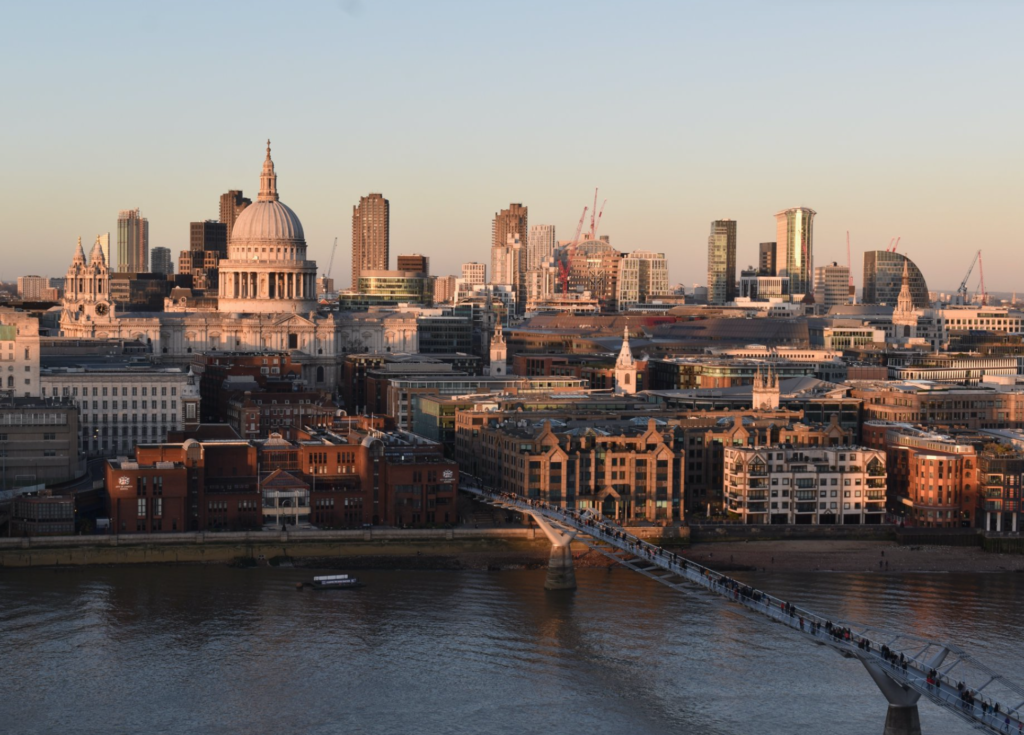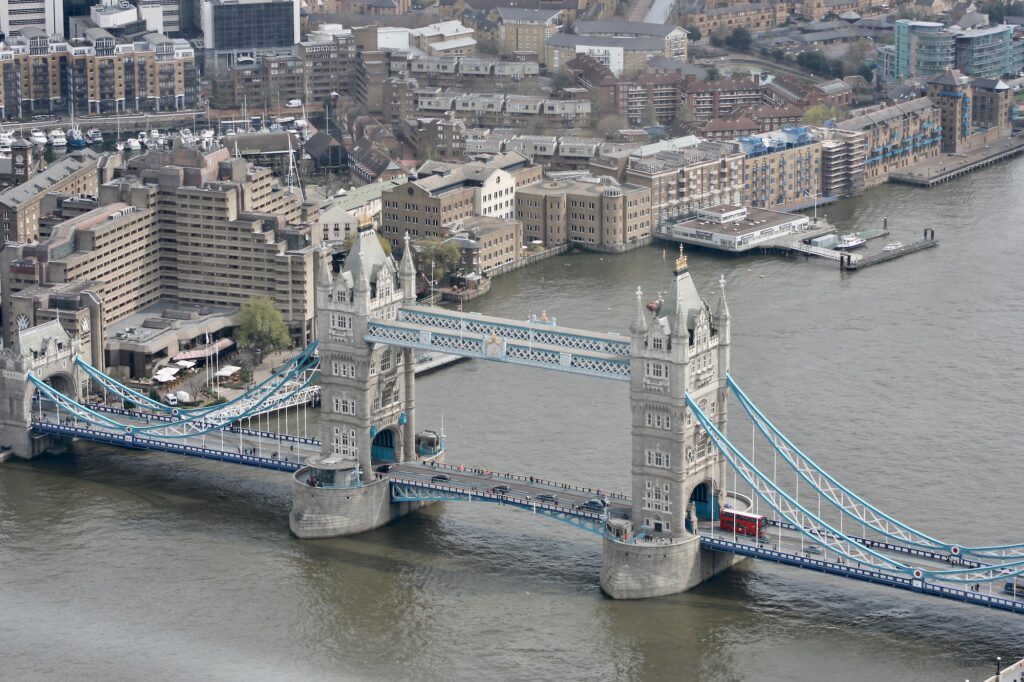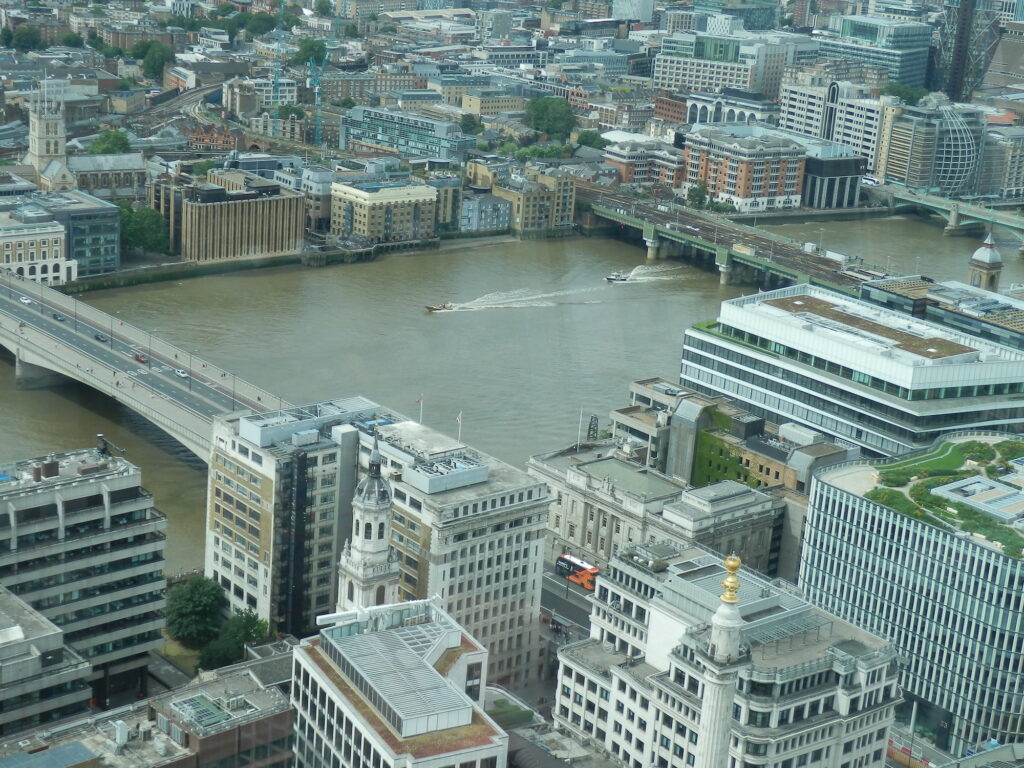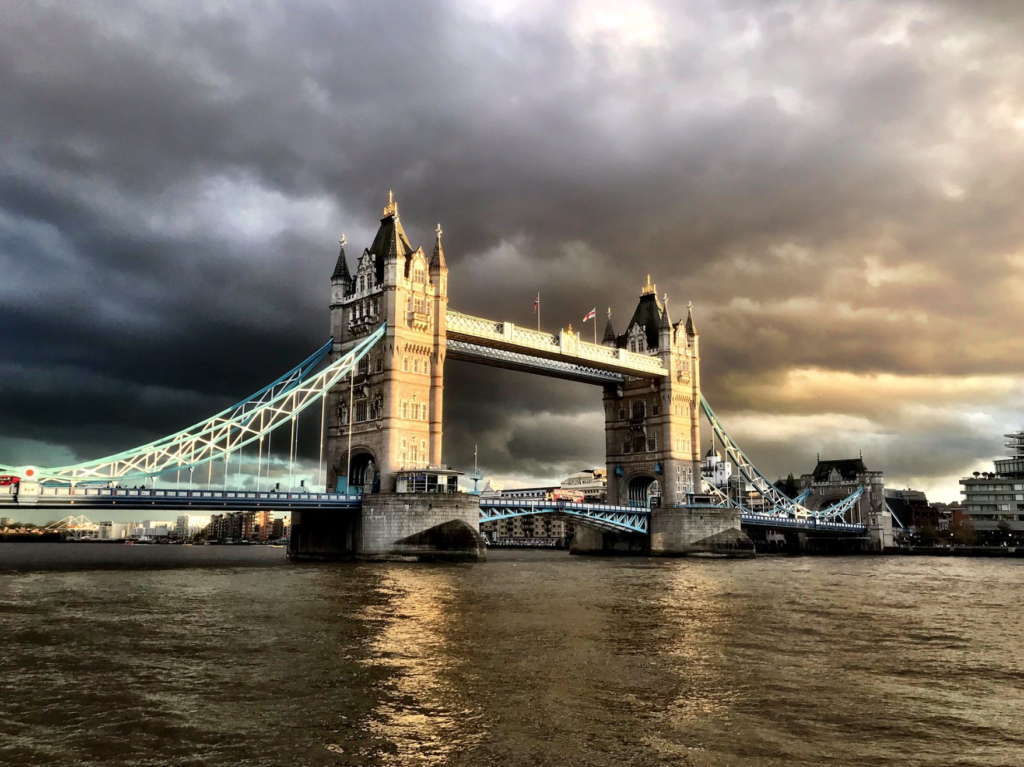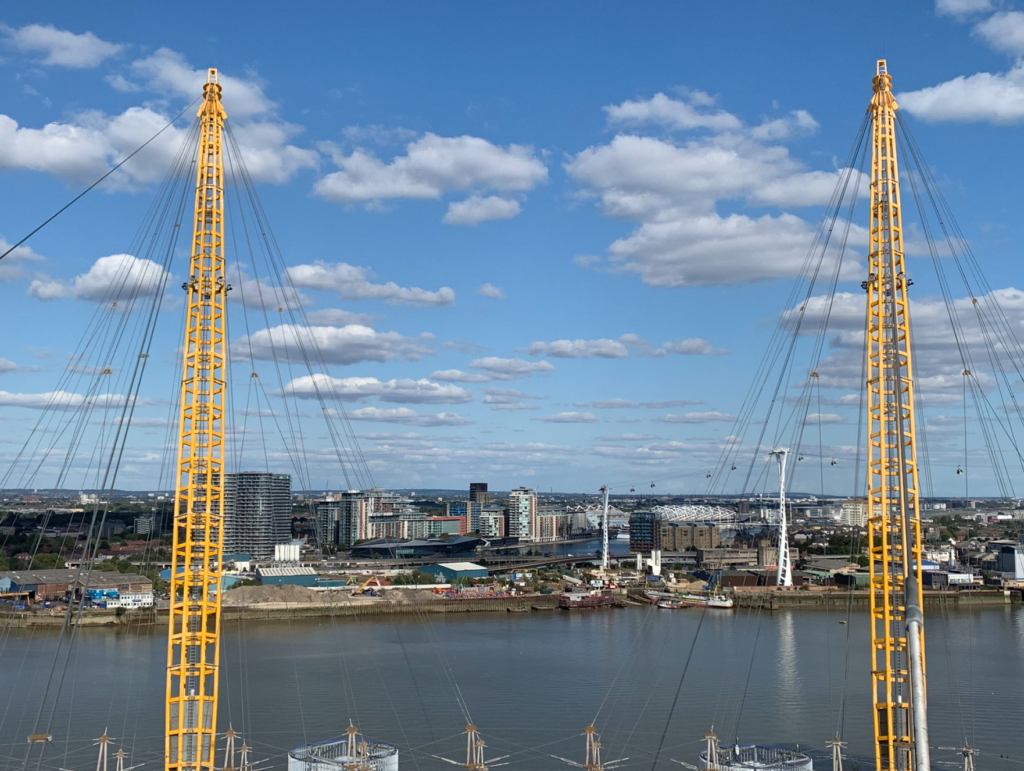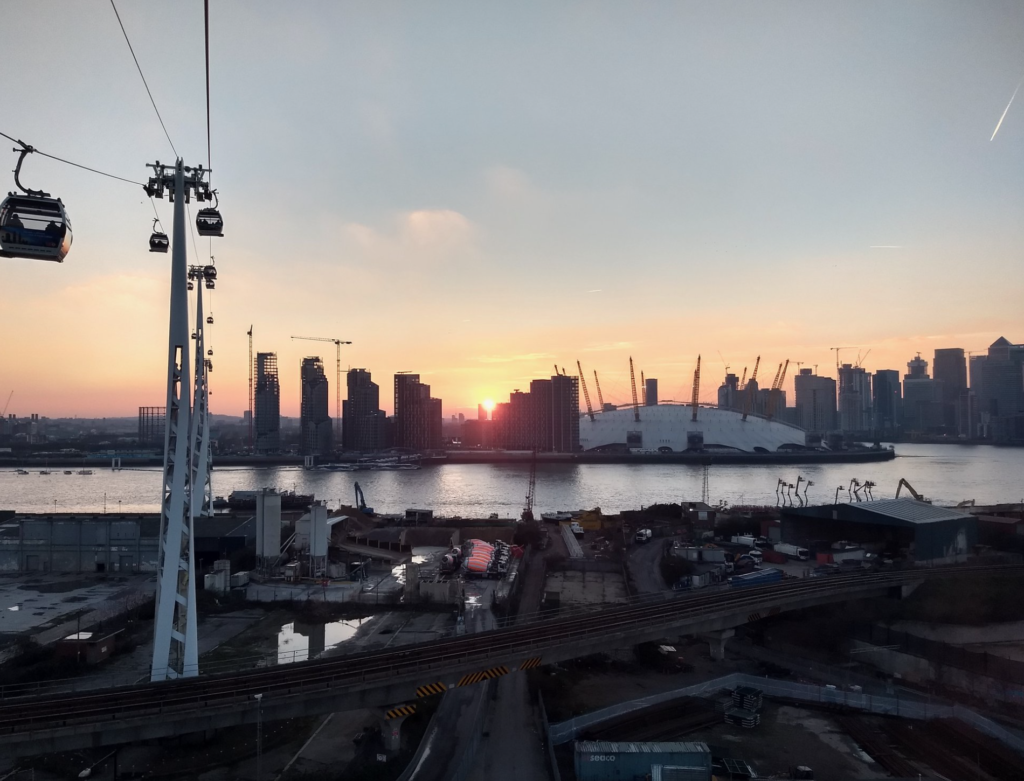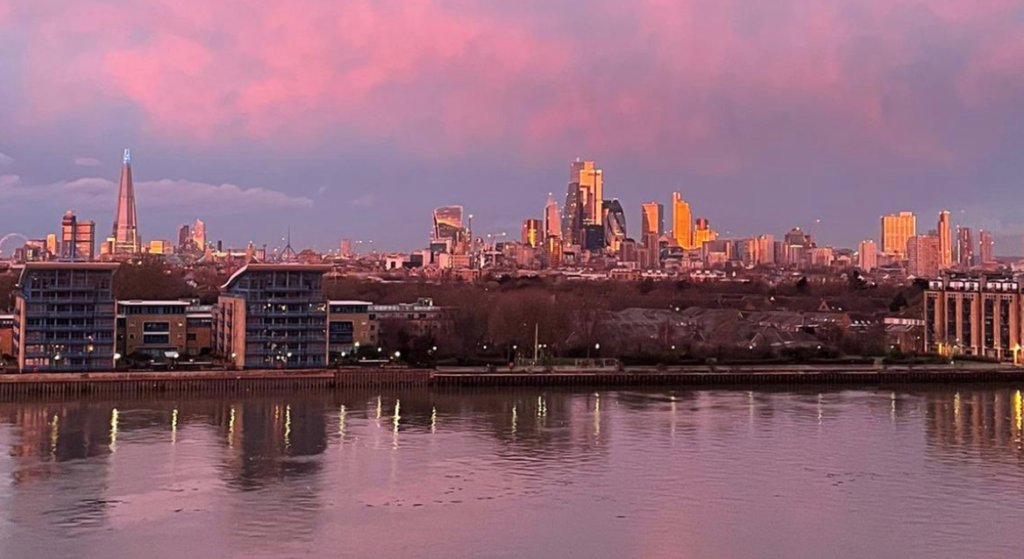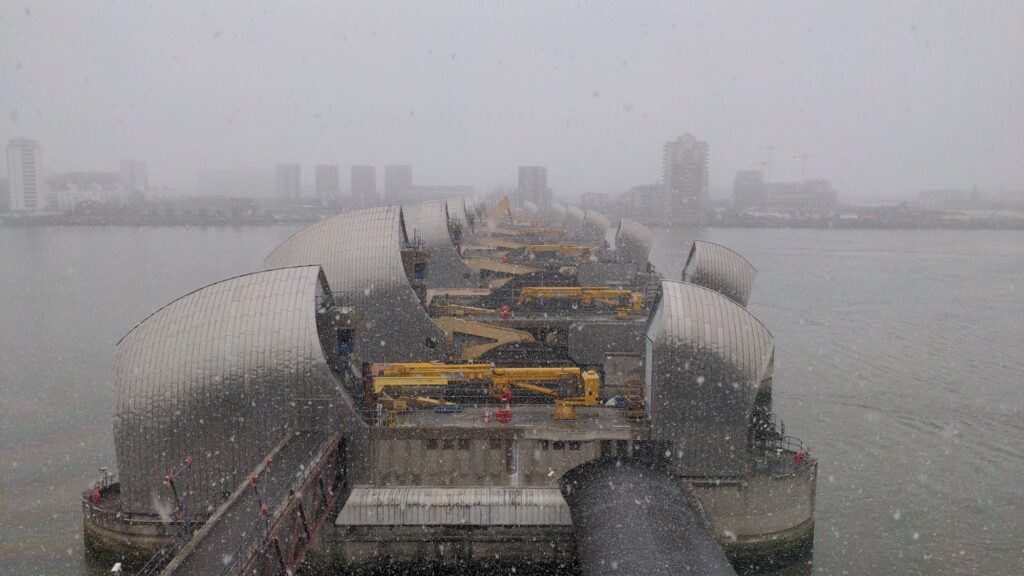Views of the Thames and its bridges in central London
One of my favourite descriptions of the Thames bridges comes from the Gentle Author on Spitalfields Life, where he writes of “a line of bridges, holding the north and south banks of London together tightly like laces on a boot.” It’s an image that’s particularly effective when you look at aerial pictures of the Thames and see how the bridges indeed appear to be fastening the banks together.
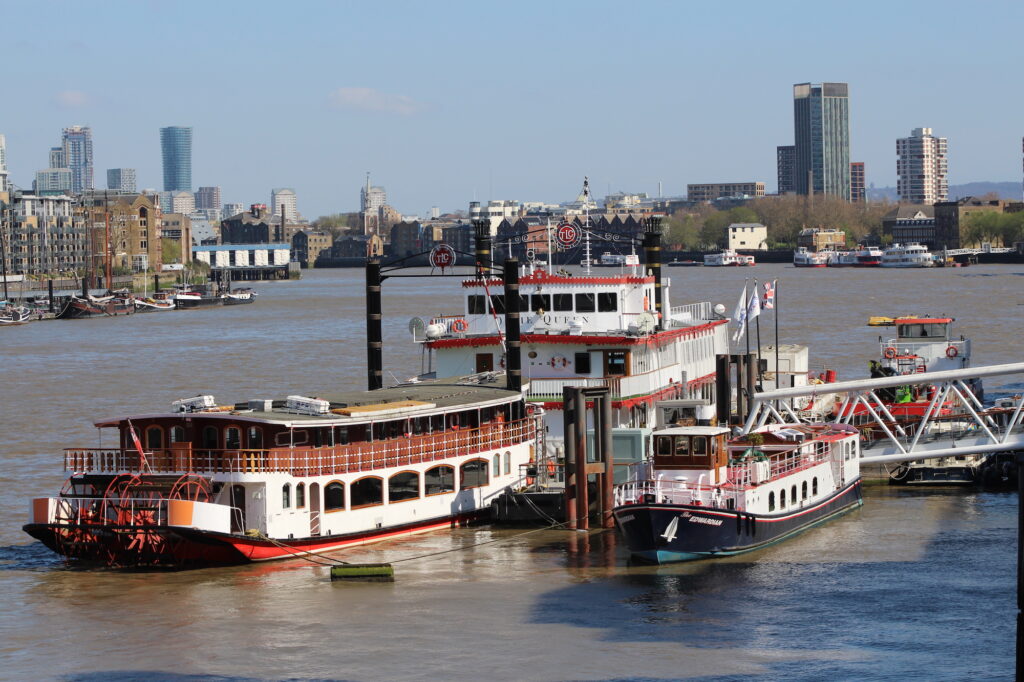
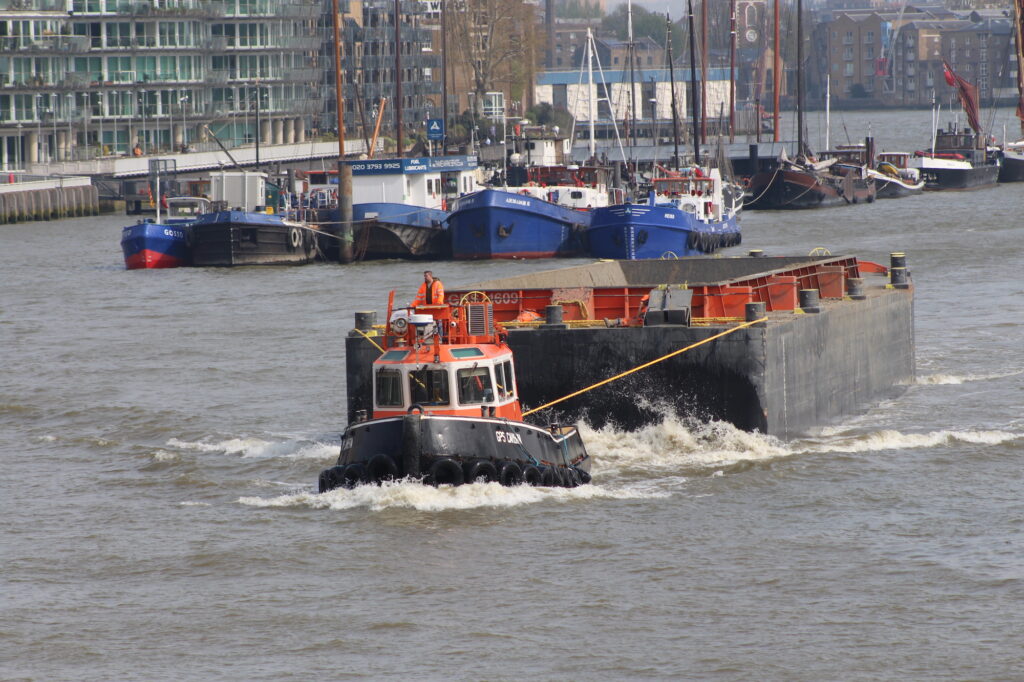
Tower Bridge is an ideal vantage point for looking downstream, following the river’s slow curve to the east, leading to the Thames Barrier and eventually to the Queen Elizabeth II Bridge and the Estuary beyond. But turning upstream towards London Bridge and the Tower of London is where my journey begins. A journey looking at London’s famous Thames bridges, told with random snippets of information and images of day and night, summer and winter, taken over the last few years.
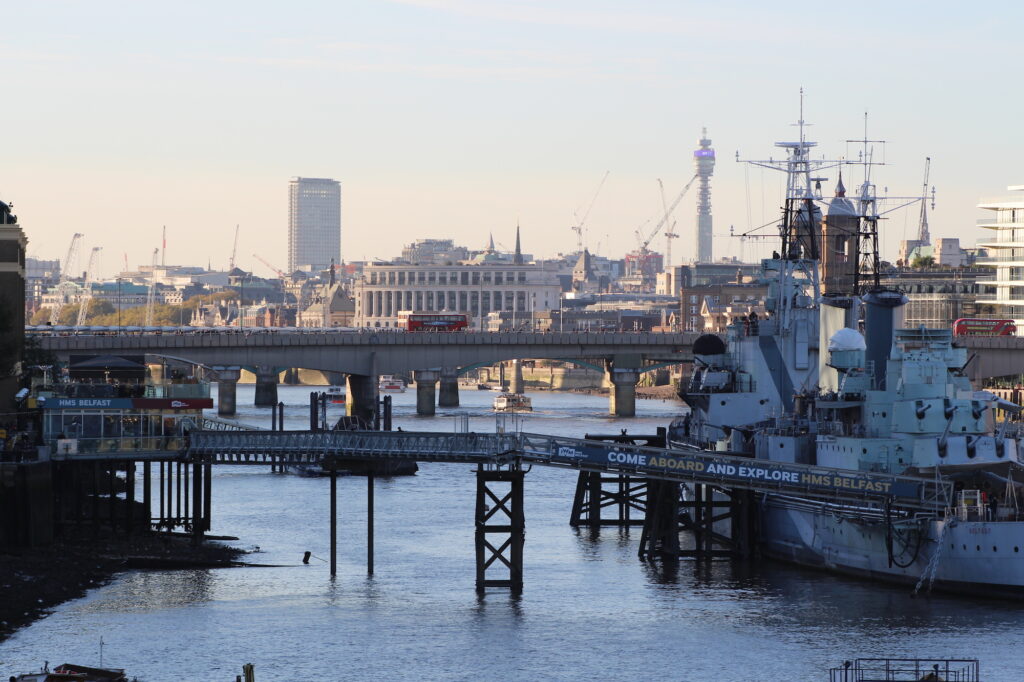
There is a rich history linked to this particular stretch of the river: maritime, military, and social, eloquently expressed by such writers as Peter Stone in his History of the Port of London and by many historians including Simon Jenkins in A Short History of London. There is also a small army of mudlarkers, strictly licensed by the Port of London Authority, or as writes Fiona Haughey, ‘inter-tidal archeologists’, who have contributed much to our knowledge of the past. Exploring the foreshore when the tides allow, they have discovered, and continue to discover, a whole variety of artefacts, many of which have found their way there thrown from the bridges, boats and the river banks, including coins, household objects, religious offerings, tools, toys and weapons. The Museum of London has a large collection of finds from what is described as “London’s longest archaeological site”.
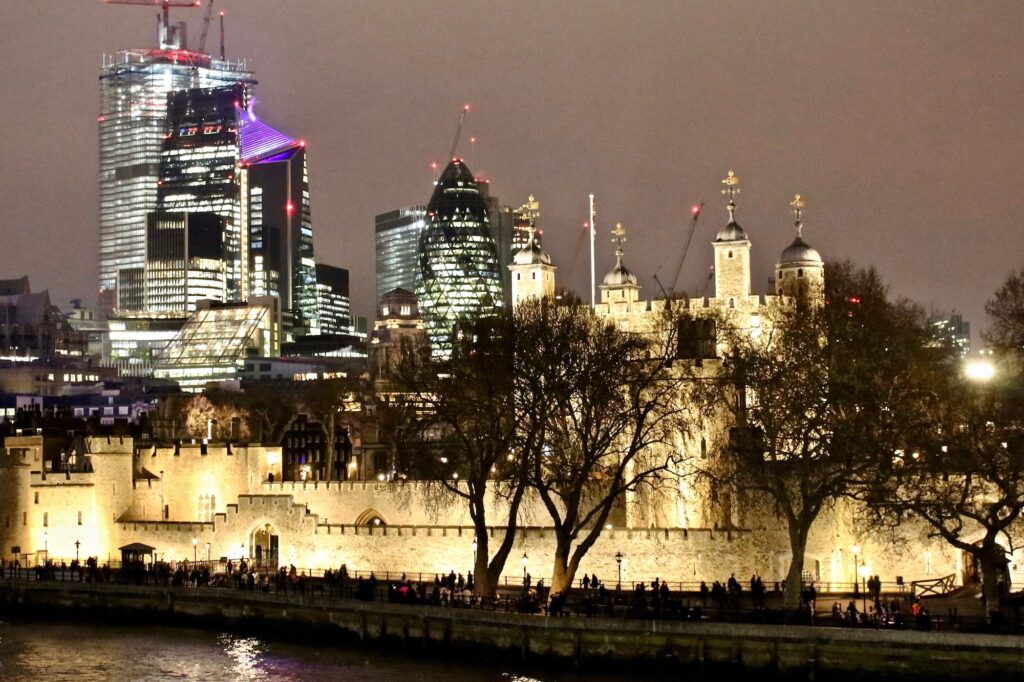
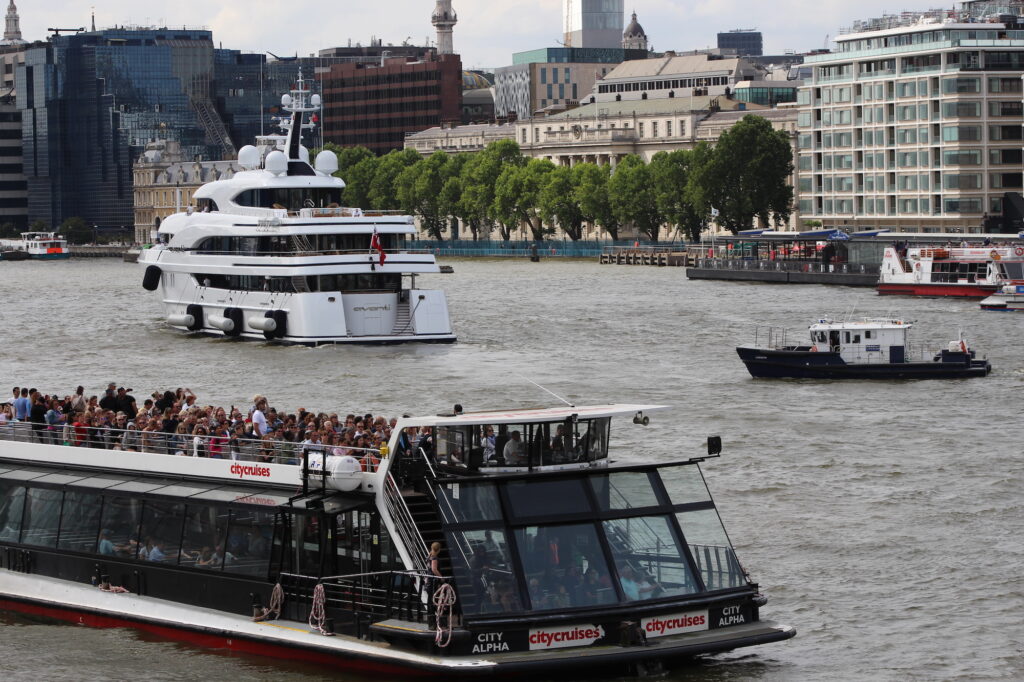
The crowding in the above image seems a little strange now after nearly a year of social distancing but hopefully that strangeness will soon be a thing of the past. The tree-lined building in the background is The Custom House, now the subject of “a planning application for an unsympathetic conversion to a luxury hotel that will be destructive to the fabric of the grade I listed building.” Please read here for further information.
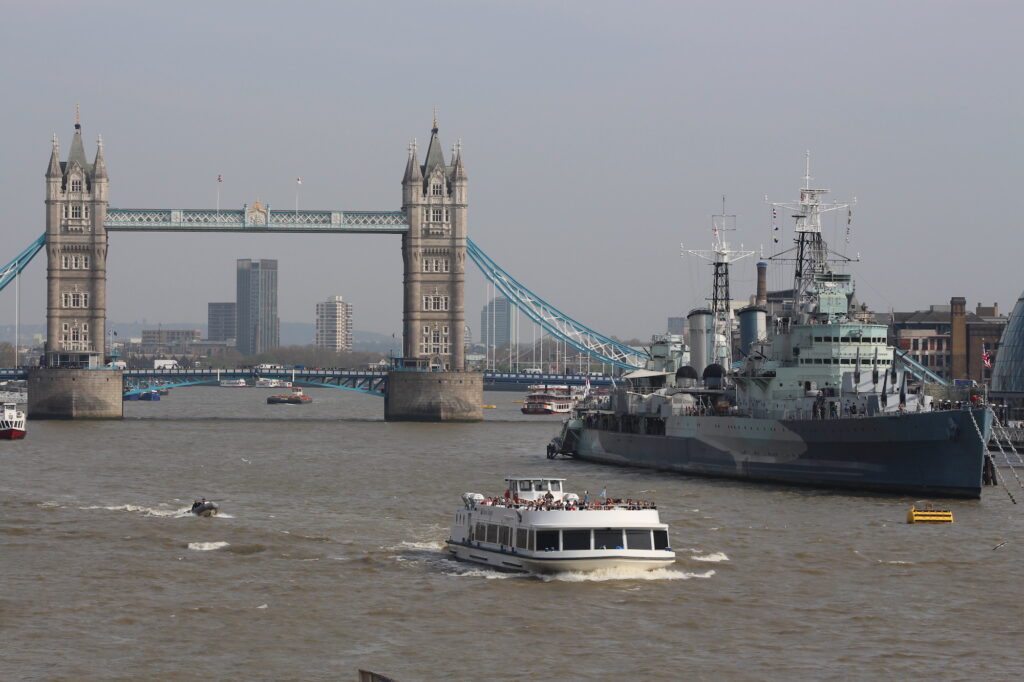
Until the first covid lockdown the river along the Pool of London looked busy on my visits, but not as busy as it was in its 1950’s, early 1960’s heyday, before containerisation in the 1970s when Tilbury became London’s leading container port. But there was always some river traffic: sightseeing and party boats; tugs towing barges of material to construction sites, or removing London’s waste, and a variety of ships on official or publicity trips to the city.
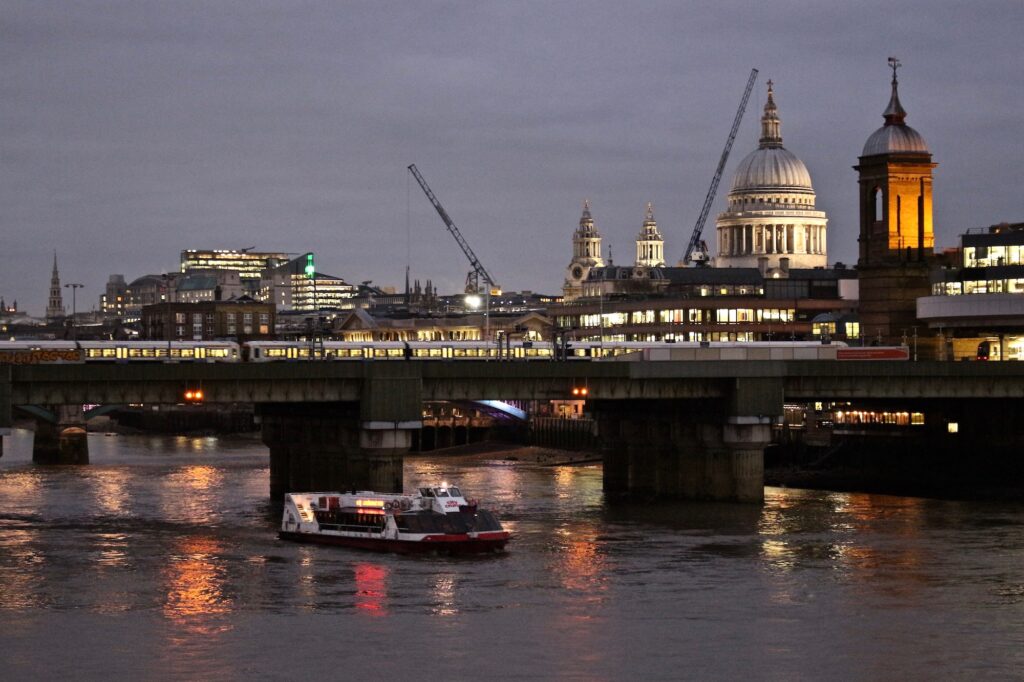
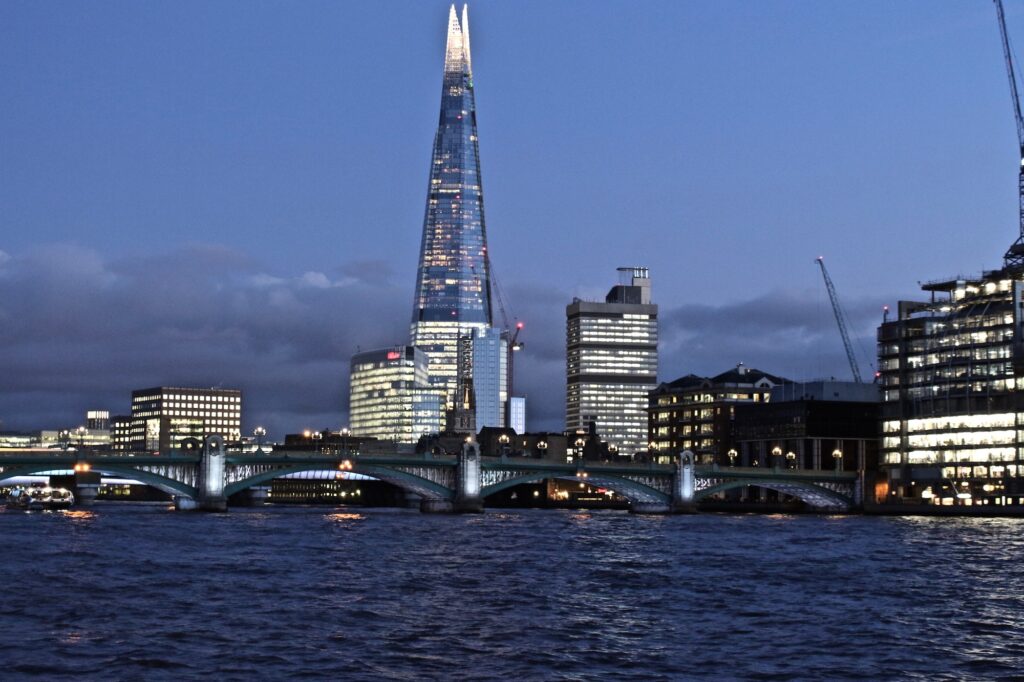
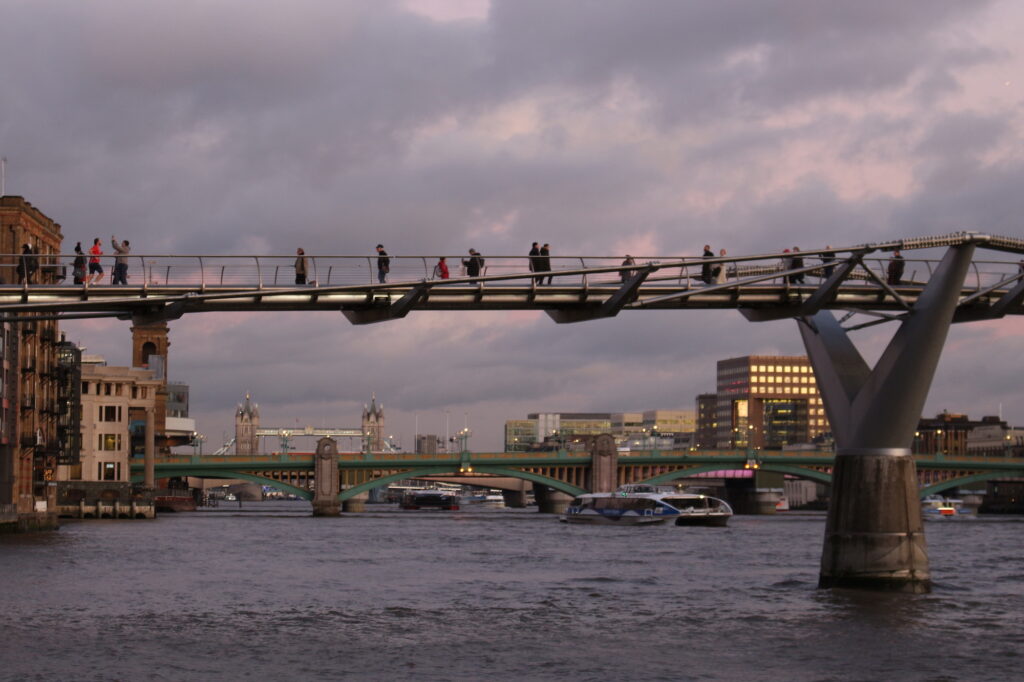

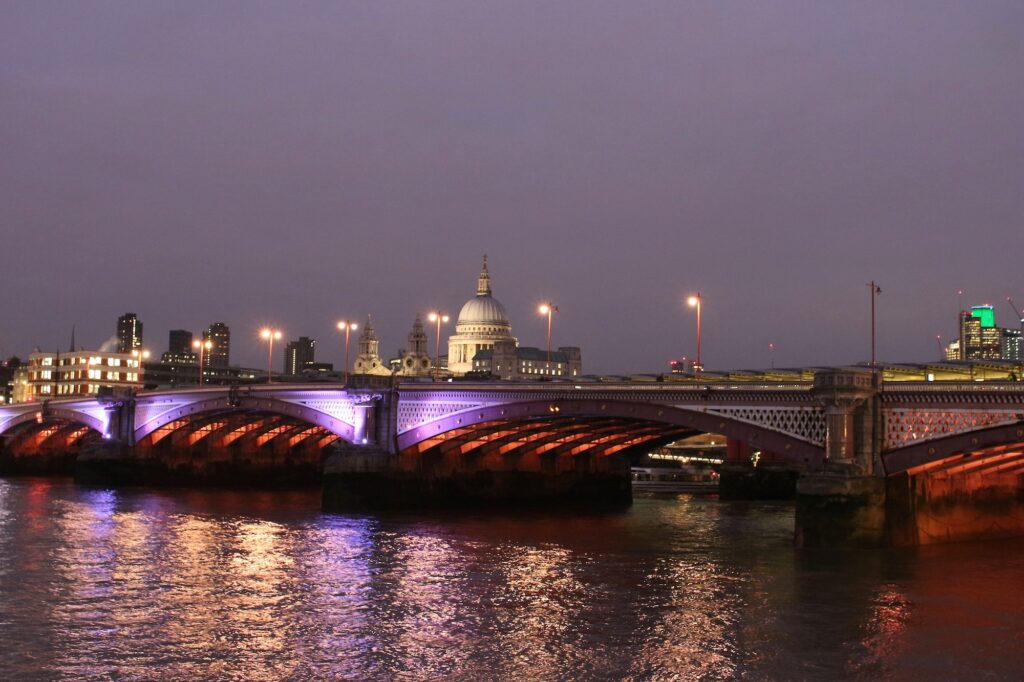
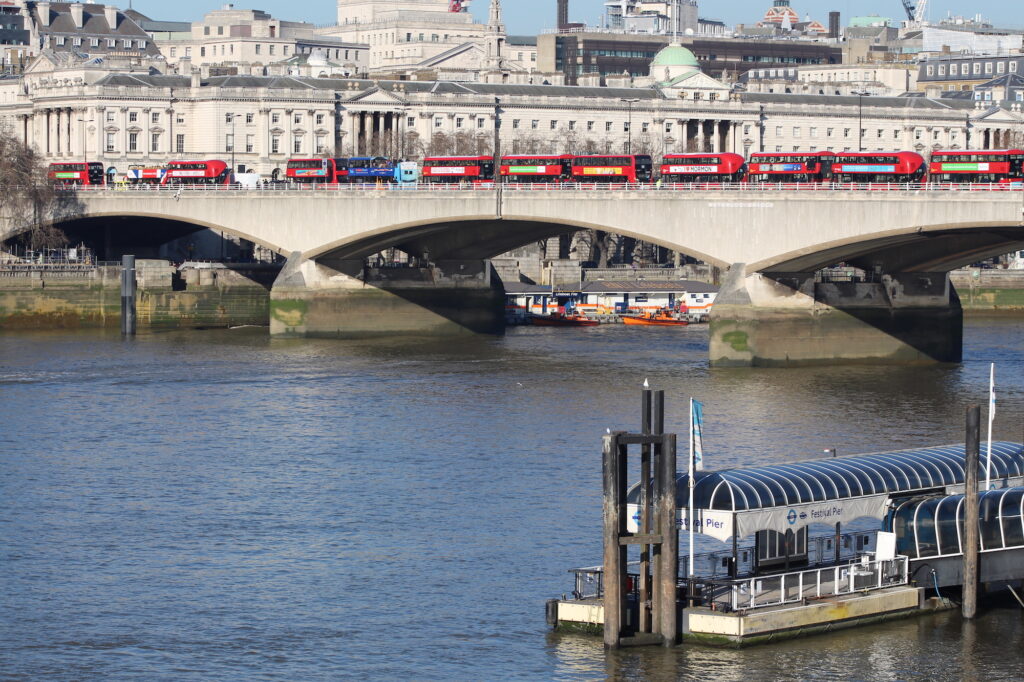
Surprisingly, Waterloo Bridge was actually built during the Second World War under the constant threat of bombing raids. Built mainly by women it’s known as the Ladies’ Bridge. There was no official record of the part they played but the story was kept alive since the 1950s by the guides on sightseeing boats. For more background, there’s an interesting article and short film on the Londonist site.
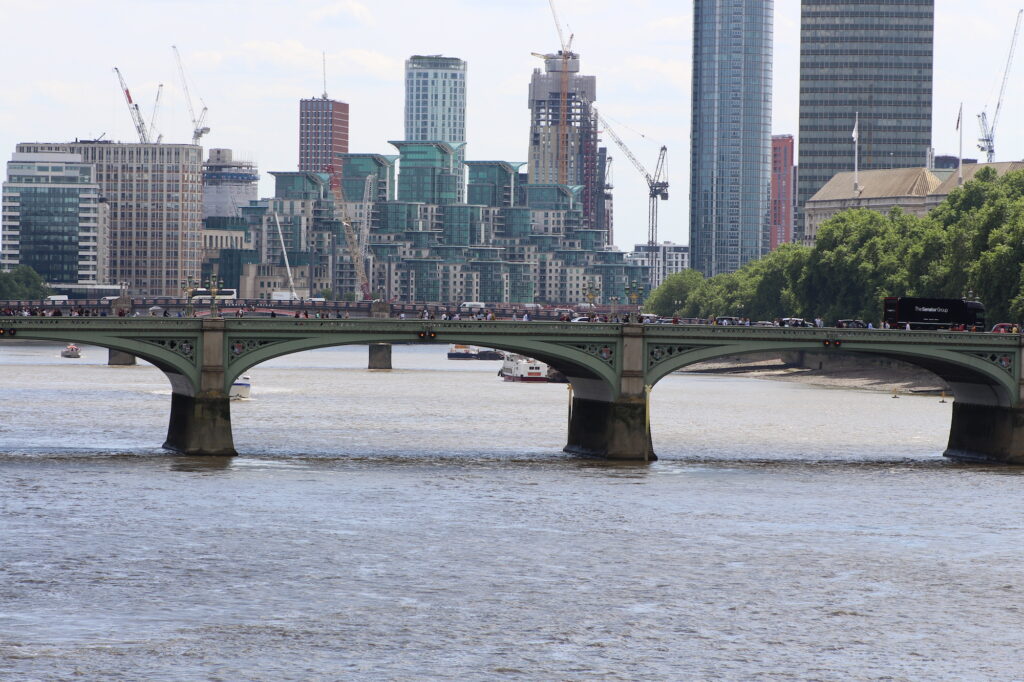
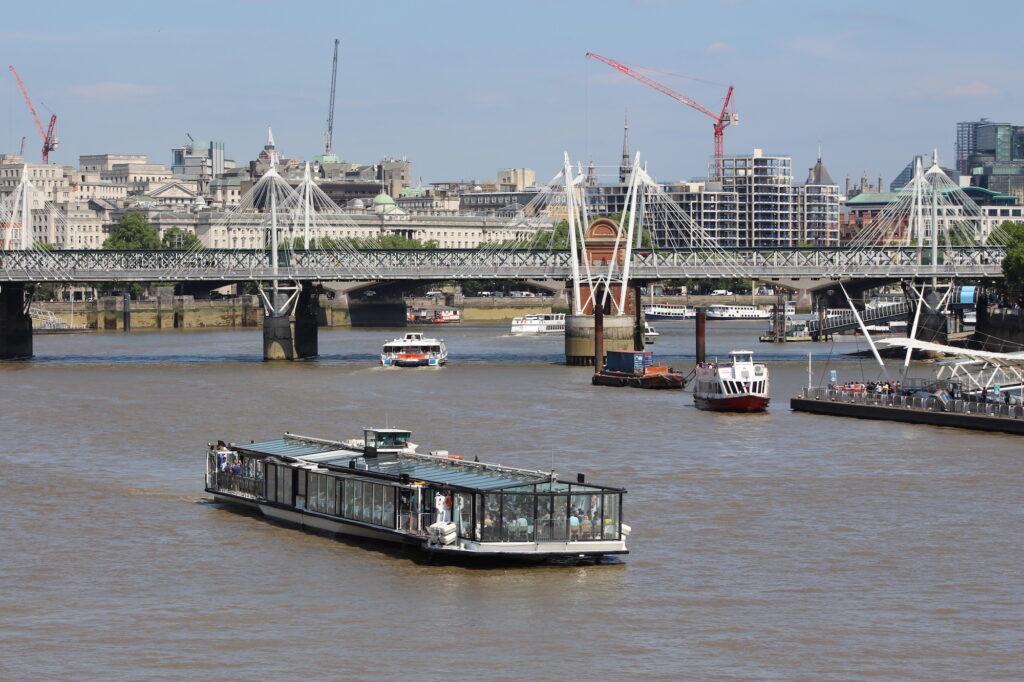
Like Tower Bridge, Westminster Bridge is a good place to watch river traffic when life gets back to normal. Westminster Pier, next to the bridge on the north bank is the departure point for many of the popular sightseeing trips as well as the regular Uber Thames Clippers’ service. It’s also a good vantage point for watching some of the festivals and events that normally take place along the river throughout the year including the Doggett’s Coat and Badge; events organised by the Thames Festival Trust; and The Mayor’s Thames Festival.
Further Information
At the time of writing, visits are either cancelled or subject to covid restrictions but you can still explore the following sites to plan for better days, hopefully coming soon:
Tower Bridge
Thames Luxury Charters
H.M.S. Belfast
Thames sightseeing trips: City Cruises; Thames River Services; with more info on Visit London
Articles on London Bridges
Spitalfields Life: The Bridges of Old London
A London Inheritance: A Winter Walk from Tower Bridge to Westminster.
How London’s Thames Bridges got their names The Londonist
For sightseeing search Bridges in London
You can also explore the Illuminated River public art commission to illuminate the central London Thames Bridges. The lighting on London, Cannon Street Railway, Southwark, and Millennium Bridges has already been completed. The next stage will shortly see Blackfriars, Waterloo, Westminster, the Golden Jubilee Footbridges, and Lambeth Bridge in operation too.
